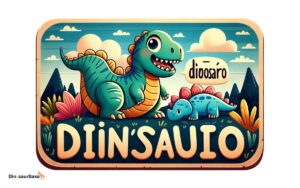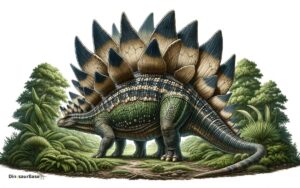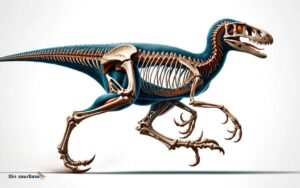What is Dinosaur Food?: Uncover Prehistoric Diets!
Dinosaur food refers to the ancient plants that herbivorous dinosaurs ate. It is not a specific type of plant but a term for prehistoric vegetation.
Exploring the diets of the colossal creatures that once roamed our planet uncovers a fascinating part of earth’s history. Dinosaur food typically encompasses a variety of vegetation, including leaves, ferns, conifers, and in some cases, flowering plants that cretaceous-period herbivores consumed.
Understanding these ancient diets helps paleontologists piece together ecological interactions and environments of the time. For modern-day enthusiasts, ‘Dinosaur Food’ can also refer to a plant known as Gunnera manicata, whose large, lush leaves evoke the primordial greenery of the dinosaur era. This nickname plays on the visual imagery of what we commonly associate with the prehistoric landscape, offering a touch of the Jurassic in contemporary gardens. Thus, the term bridges the ancient past with the present, granting a glimpse into the vast, green world that dinosaurs once inhabited.
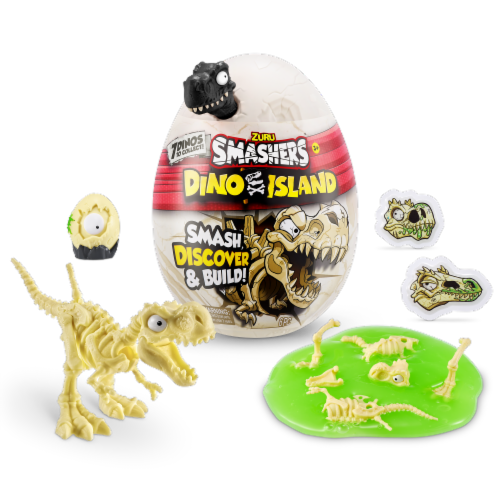
Credit: www.foodsco.net
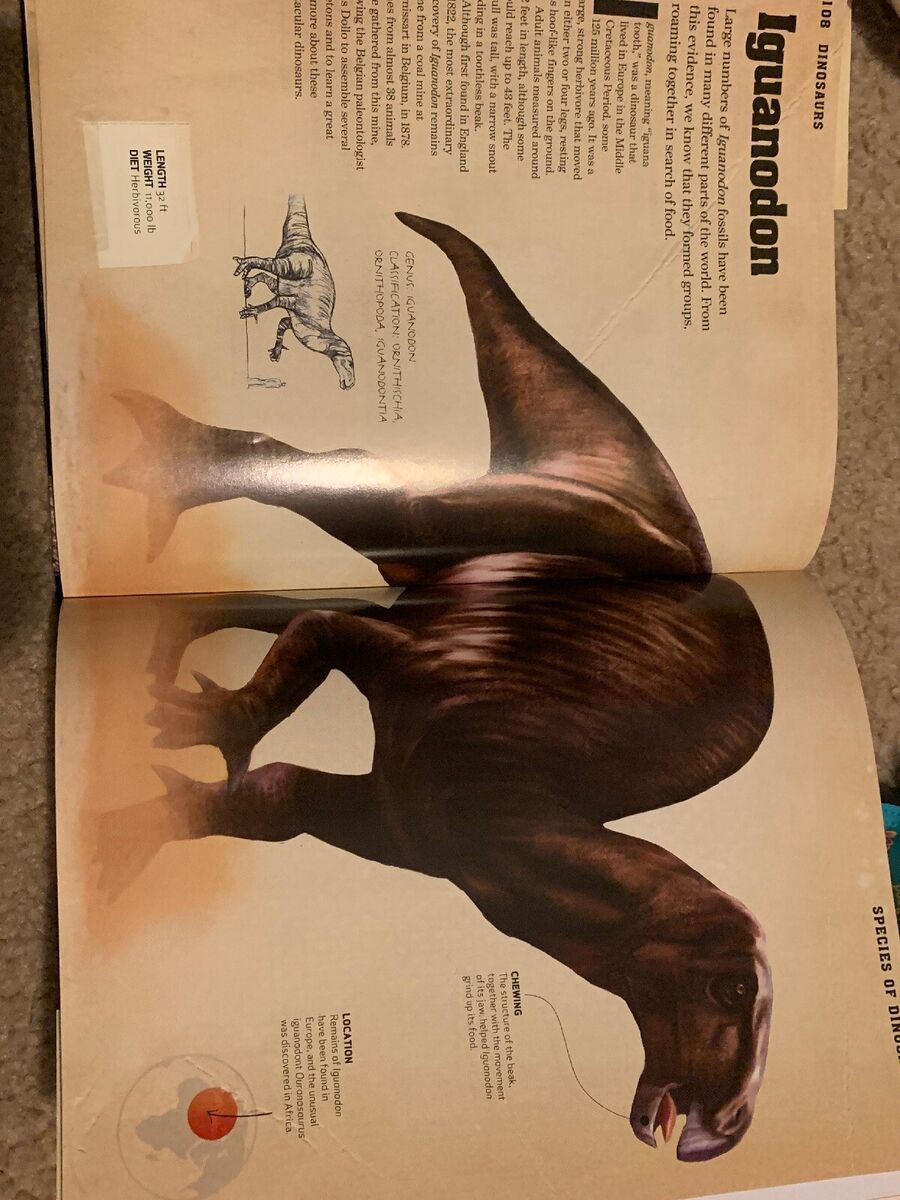
Dinosaur Diet Basics
Imagine a world ruled by dinosaurs. Huge creatures wandered around, munching on what they found. But what exactly did they eat? This question takes us back in time, exploring dinosaur diet basics. Dinosaurs came in all shapes and sizes. Their diets were just as varied. Some loved leafy greens while others craved meat.
Classifying Dinosaur Eating Habits
Dinosaurs are classified by what they ate. There were three main types:
- Herbivores: These gentle giants ate plants.
- Carnivores: Meat was on the menu for these fierce predators.
- Omnivores: These dinosaurs enjoyed both plants and meat.
Key Factors Influencing Dinosaur Diets
Several key factors shaped what dinosaurs ate. Let’s dig into these:
| Factor | Influence on Diet |
|---|---|
| Teeth Structure | Sharp teeth meant eating meat, flat teeth meant munching plants. |
| Habitat | Where they lived determined available food. |
| Size | Larger dinos needed more food; diet depended on what was around. |
| Prey Availability | More meat eaters where more prey lived. |
| Competition | Dinos ate different things to avoid fighting for the same food. |
Herbivores Of The Mesozoic Era
Imagine giant creatures roaming the Earth, munching on greens. Yes, we’re talking about the plant-loving dinosaurs of the Mesozoic Era. These gentle giants roamed the land over 65 million years ago. They had an interesting diet. Let’s dig into what they ate and how they adapted to their leafy lifestyle.
Plant Varieties At The Dinosaur Buffet
Think of a buffet but for dinosaurs. These creatures had a wide range of plants to choose from. Their food included:
- Cycads: Palm-like plants with tough leaves
- Conifers: Pine trees abundant with needles
- Ferns: Lush, green and feather-like
- Horsetails: Bamboo-like stems rich in minerals
- Ginkgoes: Hardy trees with fan-shaped leaves
Adaptations For Plant-based Diets
Dinosaurs developed cool features to eat plants. Some had flat teeth to crush leaves. Others had long necks to reach high trees. Check out these awesome adaptations:
| Dinosaur | Adaptation | Diet Specialization |
|---|---|---|
| Sauropods | Massive bodies, long necks and tails | Hitting the tall trees |
| Hadrosaurs | Duck-billed snouts, rows of grinding teeth | Ground plants and tough leaves |
| Stegosaurs | Spiked tails, beak-like mouths | Low-growing vegetation |
These adaptations ensured herbivores thrived in their environments. They could munch on different plant types. This made them successful survivors. Dinosaurs were nature’s ultimate foragers.
Carnivorous Giants And Their Prey
Exploring the prehistoric menu, dinosaur food largely varied among species. Herbivorous behemoths grazed on ferns and conifers, while their carnivorous counterparts hunted down other massive reptiles, composing a diverse dietary canvas through the Mesozoic era.
Imagine walking alongside a colossal Tyrannosaurus rex, a predator reigning supreme during the Late Cretaceous period. These massive carnivorous dinosaurs roamed the Earth, their diet consisting mainly of other living creatures. With a variety of anchient hunters ranging from the agile Velociraptor to the ferocious Spinosaurus, the meat-eating titans had a significant impact on the prehistoric food chain.
Hunting Strategies Across Species
The world of dinosaurs saw a vast array of hunting strategies evolving over time. Let’s explore a few:
- Pack Hunting: Velociraptors were known for their cooperative hunting, using teamwork to outsmart their prey.
- Ambush Predation: The mighty Allosaurus would often use the element of surprise to gain an upper hand.
- Persistent Pursuit: Larger theropods, like T. rex, could rely on their sheer size and strength to overpower victims.
Impact Of Dinosaur Predation On Ecology
The reign of carnivorous dinosaurs played a pivotal role in maintaining the ecological balance of their ecosystems. Predators controlled herbivore populations, which in turn affected plant life cycles.
| Predator | Ecological Impact |
|---|---|
| T. rex | Top of food chain; controlled large herbivore numbers |
| Velociraptor | Kept smaller herbivore and omnivore populations in check |

Credit: www.theguardian.com
Omnivores: The Flexible Feeders
Welcome to the world of prehistoric flexibility, where dinosaur appetites varied widely. In the subheading ‘Omnivores: The Flexible Feeders’, we delve into the dinosaurs that didn’t just pick one type of food to munch on. Omnivores had the ultimate buffet at their disposal, chowing down on both plants and meats.
Survival Through Dietary Versatility
Omnivorous dinosaurs enjoyed a diverse menu, giving them an edge in survival. With the ability to eat various foods, they adapted to different environments. This means they could feast on leaves, fruits, insects, and even smaller creatures. Their flexible diet helped them when food was scarce. If one resource dwindled, they could switch to whatever was available.
- Plants: These dinos could eat all sorts of greens.
- Meat: They could hunt or scavenge for their protein fix.
- Insects and Eggs: Smaller snacks were also on their plate.
Reconstructing The Diet Of Omnivorous Dinosaurs
How do we know what these creatures ate millions of years ago? Scientists study their teeth, bones, and even fossilized poop! Teeth that aren’t just sharp or flat give clues about their varied diet. Plus, bones with bite marks and coprolites (that’s the fancy word for ancient dung) tell us what they feasted on.
| Clue | What it Tells Us |
|---|---|
| Teeth | Sharp and flat teeth show a mixed diet |
| Bite Marks | Bones with marks suggest meat-eating |
| Coprolites | Fossilized poop shows diet residues |
Imagine a dinosaur shifting its diet with the seasons. In spring, it eats fresh greens, and by winter, it’s all about the leftover carcasses. This versatility was a superpower back then, much like your dog deciding to eat veggies along with its kibble!
The Role Of Coprolites In Study
Unraveling the mystery of what dinosaurs ate is a thrilling journey for paleontologists. Coprolites, or fossilized feces, play a crucial role in this quest. These ancient droppings contain well-preserved evidence. They can unlock secrets about the diet and ecosystem of these extinct giants.
Analyzing Fossilized Feces For Dietary Clues
Studying coprolites offers direct insight into a dinosaur’s eating habits. Scientists sift through these ancient remains to find bits of undigested food. They may discover plant fibers, bones, or even scales trapped within. These fragments provide clues about a dinosaur’s role in its environment.
- Plant matter suggests a herbivorous lifestyle.
- Bone shards point to carnivorous behavior.
- Grit and stones reveal creatures that needed help digesting their food.
Chemical analysis of coprolites can also reveal information about a dinosaur’s metabolism and health.
Major Discoveries From Coprolite Research
Thanks to coprolite research, significant discoveries have shed light on prehistoric life. This table outlines some of the groundbreaking findings:
| Dinosaur | Evidence Found in Coprolites | Implications |
|---|---|---|
| Tyrannosaurus rex | Bone fragments | Confirmed its role as a top predator |
| Hadrosaurs | Plant fibers and seeds | Supported their classification as herbivores |
| Coproliths with gastroliths | Stones swallowed for digestion | Provided insights into digestive processes |
These findings enable scientists to piece together food webs from the age of dinosaurs. They reveal interactions between species and environmental conditions of their habitats.
Extinction Events And Dietary Shifts
The age of the dinosaurs was full of dramatic shifts. Some shifts changed what these giants ate. Big events even wiped out many dinosaurs. Why did some survive and others did not?
Impact Of Food Sources On Dinosaur Survival
Dinosaurs needed food to live, just like us. But their food was not always there. When plants or prey went away, some dinosaurs could not cope. This led to their doom. Other dinosaurs found new food. They lived on. Let’s dive into how their food sources mattered.
- Green plants disappeared: Many plant-eaters starved.
- Some dinosaurs could switch foods: They survived.
- Meat-eaters lost prey: Only adaptable ones lived on.
Dietary Adaptations During The Late Cretaceous
The Late Cretaceous period was tough for dinosaurs. Some dinosaurs changed their diets to survive. They ate different things. This helped them live through hard times. Let’s look at how they adapted.
| Dinosaur | Before Adaptation | After Adaptation |
|---|---|---|
| Hadrosaurs | Soft plants | Harder plants and seeds |
| Theropods | Large prey | Small animals and insects |
| Ceratopsians | Ferns and conifers | Flowering plants |
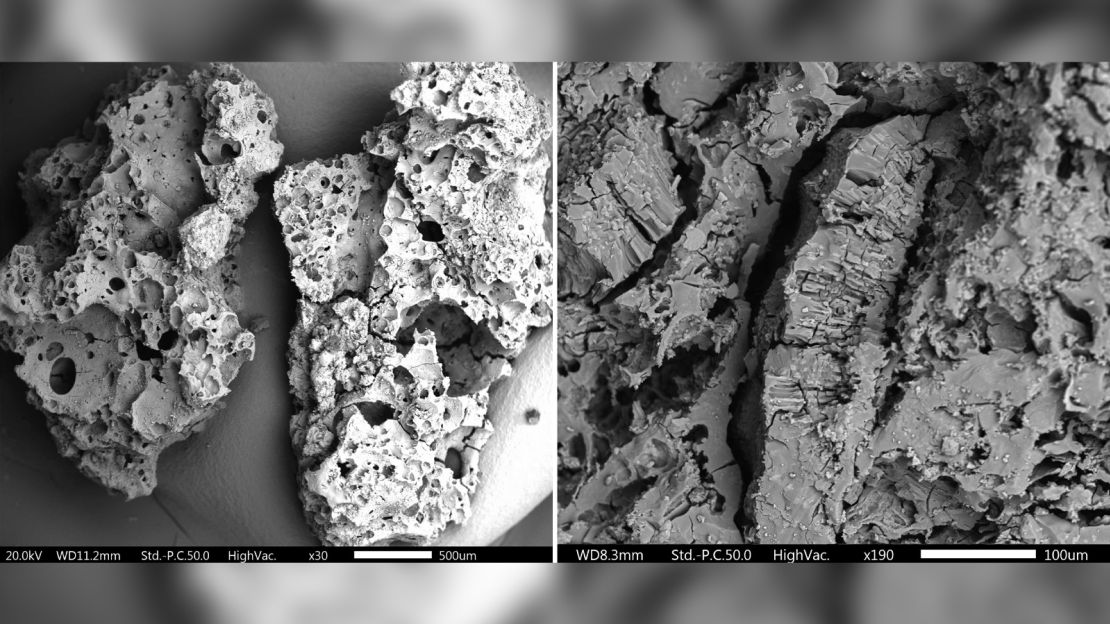
Credit: www.cnn.com
Conclusion
Exploring the diet of dinosaurs has unlocked many mysteries from the Jurassic era. It reveals a fascinating world of varied diets, from herbivorous giants to cunning carnivores. As we’ve unveiled, their food choices shaped their evolution and existence. Remember, these ancient diets continue to intrigue and educate us about the Earth’s remarkable past.
Keep this curiosity alive, delving further into paleontology’s secrets.

